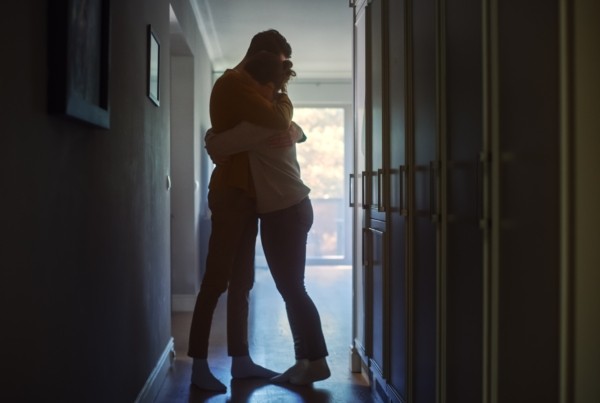Every aspect of life as we knew it has been impacted by the Covid-19 pandemic, and fertility is no exception. The American Society for Reproductive Medicine (ASRM), a global leader in reproductive medicine, has responded by issuing new guidelines for its members on how to manage fertility patients during the pandemic. The recommendations severely limit diagnostic and treatment activity, and include suspending new treatment cycles of all kinds, (IUI, IVF and non-urgent gamete cryopreservation). They also recommend suspending non-urgent diagnostic procedures.
The new guidelines, while logical, can be devastating for couples in the early stages of their fertility journey, who may find themselves asking, “What now?” It can be very hard for a couple to put fertility treatments on the back burner, especially as their biological clocks continue to tick.
Do the current limitations really mean that couples have to delay their dream of becoming parents for months, or even longer? Not necessarily. While in-clinic procedures are on hold, the burgeoning field of telehealth provides alternatives for couples to continue to be proactive in their fertility journey. In fact, the ASRM even recommends utilizing reproductive telehealth during the pandemic.
Home sperm tests can expedite future treatment
There is likely to be backlog in lab testing when the pandemic ends, as people rush to do testing delayed by social distancing limitations. By testing your sperm at home, you can stay ahead of the curve. If your home sperm test shows that a low sperm count or poor sperm motility may be a factor in your fertility, your doctor can take that into account and prepare a fertility plan that can be implemented as soon as restrictions are lifted, even if there is a wait for lab tests. Likewise, if your sperm quantity and motility are normal, your doctor can focus on other potential fertility factors when in-clinic treatment becomes possible, again saving valuable time.
Optimize male fertility with lifestyle changes
Research has shown that men can significantly improve their sperm count and quality through lifestyle changes like diet, exercise and clothing (read more tips here). If your home test does indicate a low count or low motility, you can utilize the pandemic downtime to improve so that you’ll be in an optimal state when clinical procedures become possible.
Sheltering in place is actually an excellent opportunity for relevant lifestyle changes. For example, while at home you might want to experiment with looser pants (pajama bottoms go perfectly with upper work attire on a Zoom call). And what better time to start cooking healthy, home-cooked meals than when stuck at home? You can also exercise, even when the gyms are closed– brisk walks or jog around your neighborhood will suffice. You can even retest after implementing these lifestyle changes over the period of several weeks, to evaluate their impact.
Combining home sperm testing with other telehealth options
Home sperm tests are not the only available tools for fertility telehealth. Women can utilize a plethora of available home solutions to track their monthly cycle and ovulation, information that will be helpful during the intervention stage. In addition, many doctors are available for online consultations, during which they can take the medical histories of both partners and build a plan for after the pandemic.
In conclusion…
The new ASMR recommendations do not have to lead to a full stop of your fertility journey. By utilizing telehealth options, including home sperm testing, you can continue to be proactive and take the rights steps to ensure that you can hit the ground running when the pandemic ends.







